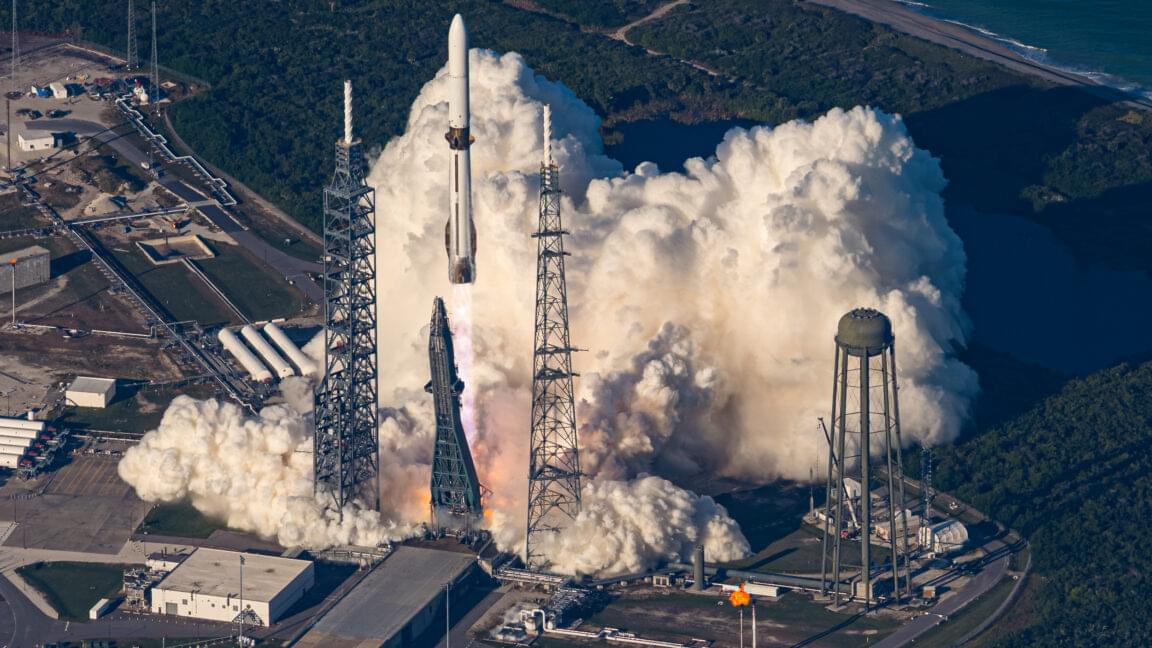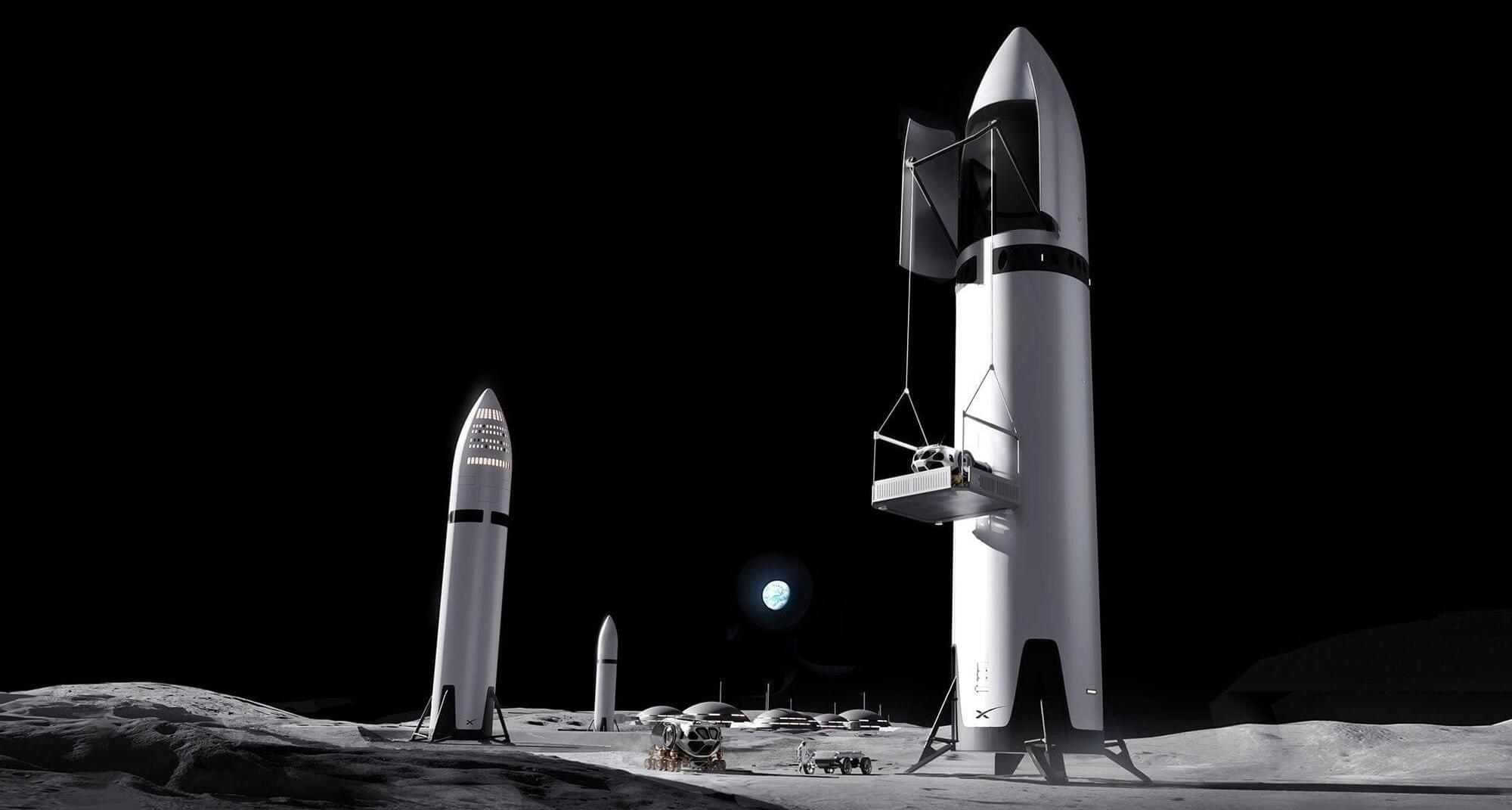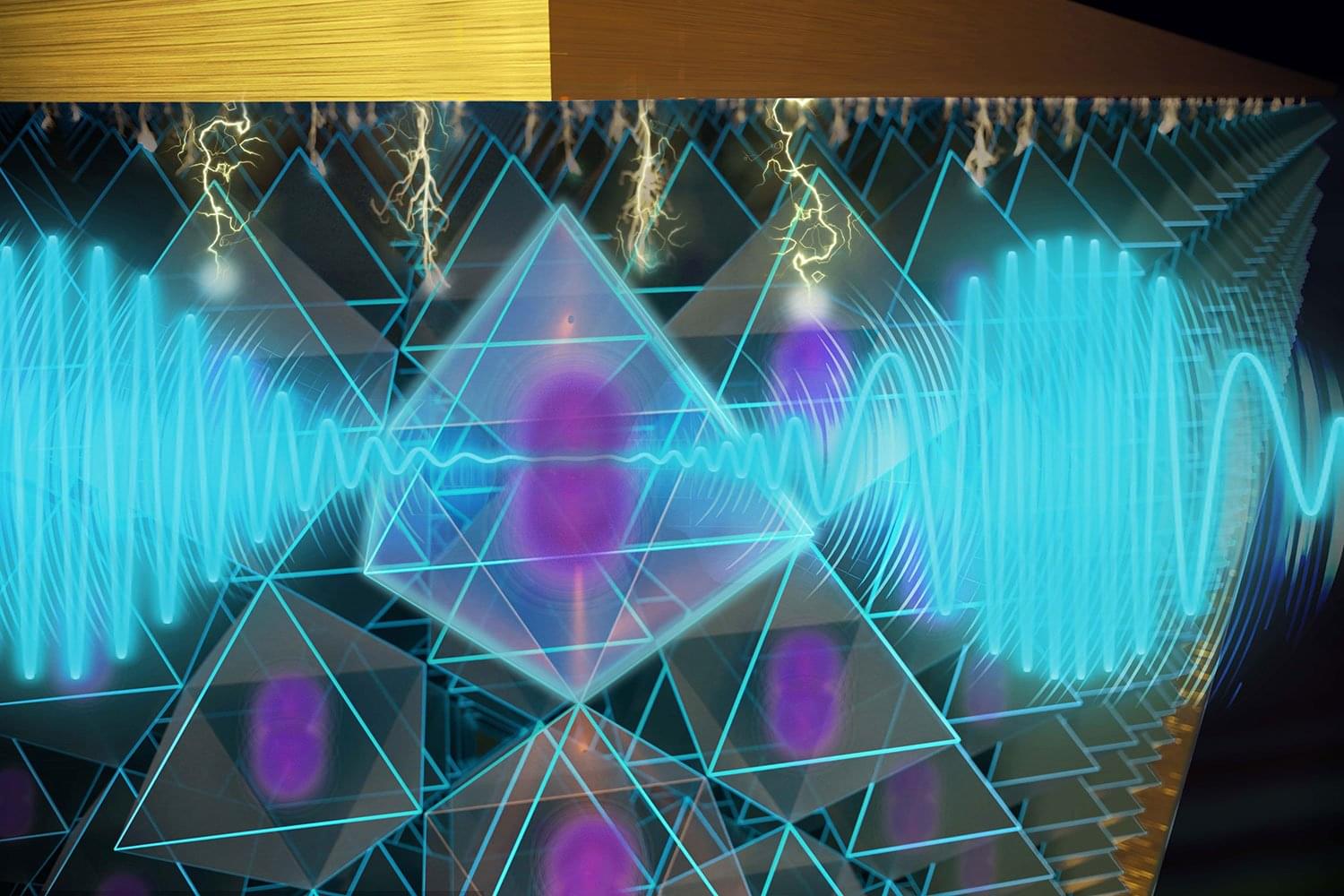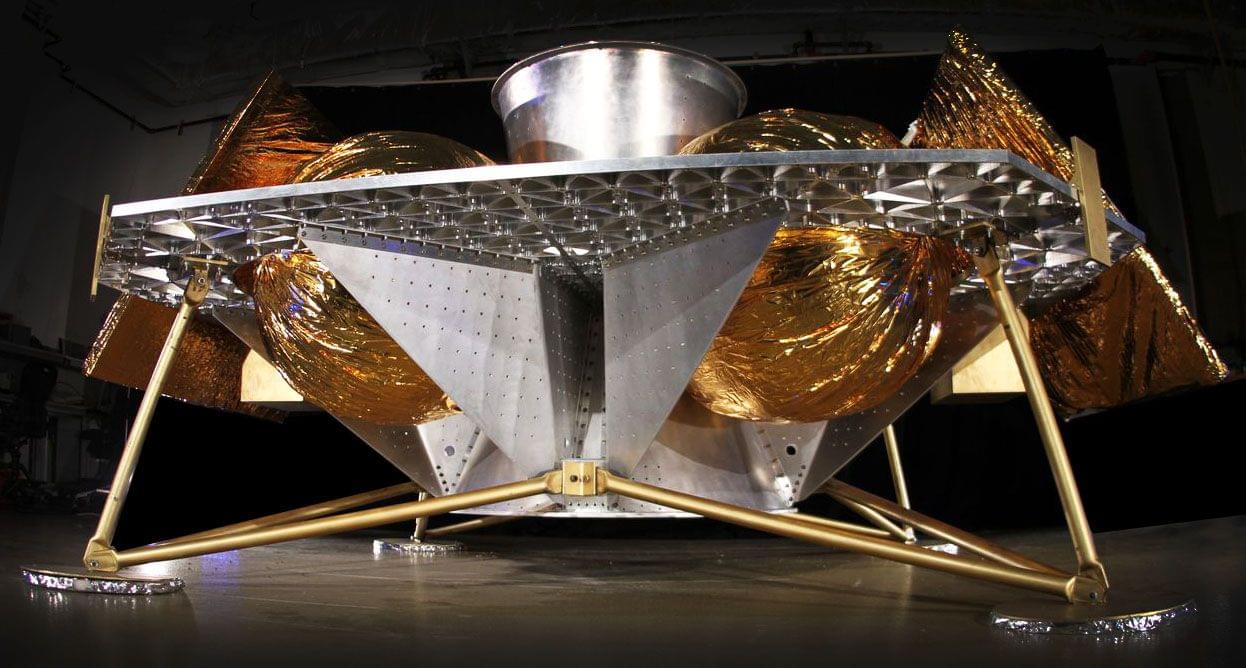Called Project Prometheus, the company is focusing on artificial intelligence for the engineering and manufacturing of computers, automobiles and spacecraft.


SpaceKids Global; Inspiring students to excel in STEAM+ Environment education; with a focus on empowering young girls.

Blue Origin’s New Glenn rocket launched NASA’s ESCAPADE mission on Nov. 13, 2025. The rocket’s first stage landed on a droneship in the Atlantic Ocean for the first time ever.
Credit: Blue Origin


With its metaphorical feet held over the allegorical fire by NASA, SpaceX has released a new, simplified plan to build a lander to put US astronauts back on the Moon now that the competition for the spacecraft has been reopened due to delays.
NASA’s Artemis program to establish a permanent US human presence on the Moon is ambitious beyond any doubt. However, like previous American efforts, it’s been fraught with cost overruns, delays and technical problems. One of the most aggravating of these bottlenecks has been building the lunar lander because if you don’t have a way to actually put astronauts on the actual Moon, you’re pretty much wasting your time.
SpaceX’s original plan was to build a lander based on its still-experimental Starship rocket – more than just based on it, the craft would essentially be a complete, baseline Starship complete with airfoils and heat shields. The goal was to land up to 100 tonnes of supplies on the Moon or enough to establish a complete, sustainable base.
The Lunar Module’s Descent Propulsion System (DPS) was the first engine in history that could throttle continuously in deep space — a breakthrough that made Apollo’s lunar landing possible. This engine had to ignite once, vary its thrust smoothly from 10 to 100 percent, avoid combustion instability, and hold steady while the LM hovered just feet above the Moon.
In this video, we explore the real engineering behind the DPS: its hypergolic fuels, injector plate design, the early “chugging” instability problem, throttle control logic, and how the engine kept working even as Apollo 11 pushed it to its limits.
If you enjoy deep dives into Apollo engineering, this one’s for you.
🚀 Every like, comment, and share helps keep Apollo’s engineering story alive.
If you liked this video, please share it with a friend and leave a comment below — it really helps the channel grow.
🚀 New Apollo episodes every week!
📘 Recommended Reading for Space Enthusiasts.
Explore the real stories, engineering, and people behind the Apollo Program — these are the best books to deepen your knowledge:

We had the honor of welcoming Eileen Collins, the first woman to pilot and command a Space Shuttle, to Florida Tech’s campus for a special screening of her new documentary, ‘SPACEWOMAN.’
It was an inspiring evening celebrating perseverance and leadership. Before the event, Collins also met with a small group of students to discuss space exploration and her experiences as a trailblazer in NASA’s history.
Thank you to our campus community and friends of Florida Tech for joining us for this special event!
Learn more about Florida Institute of Technology: https://www.floridatech.edu/
